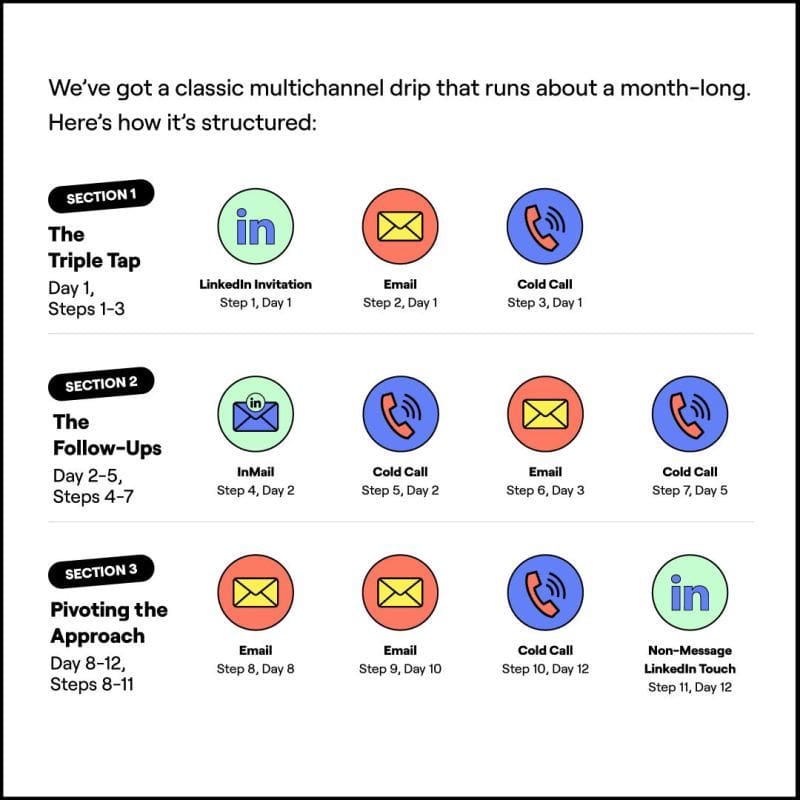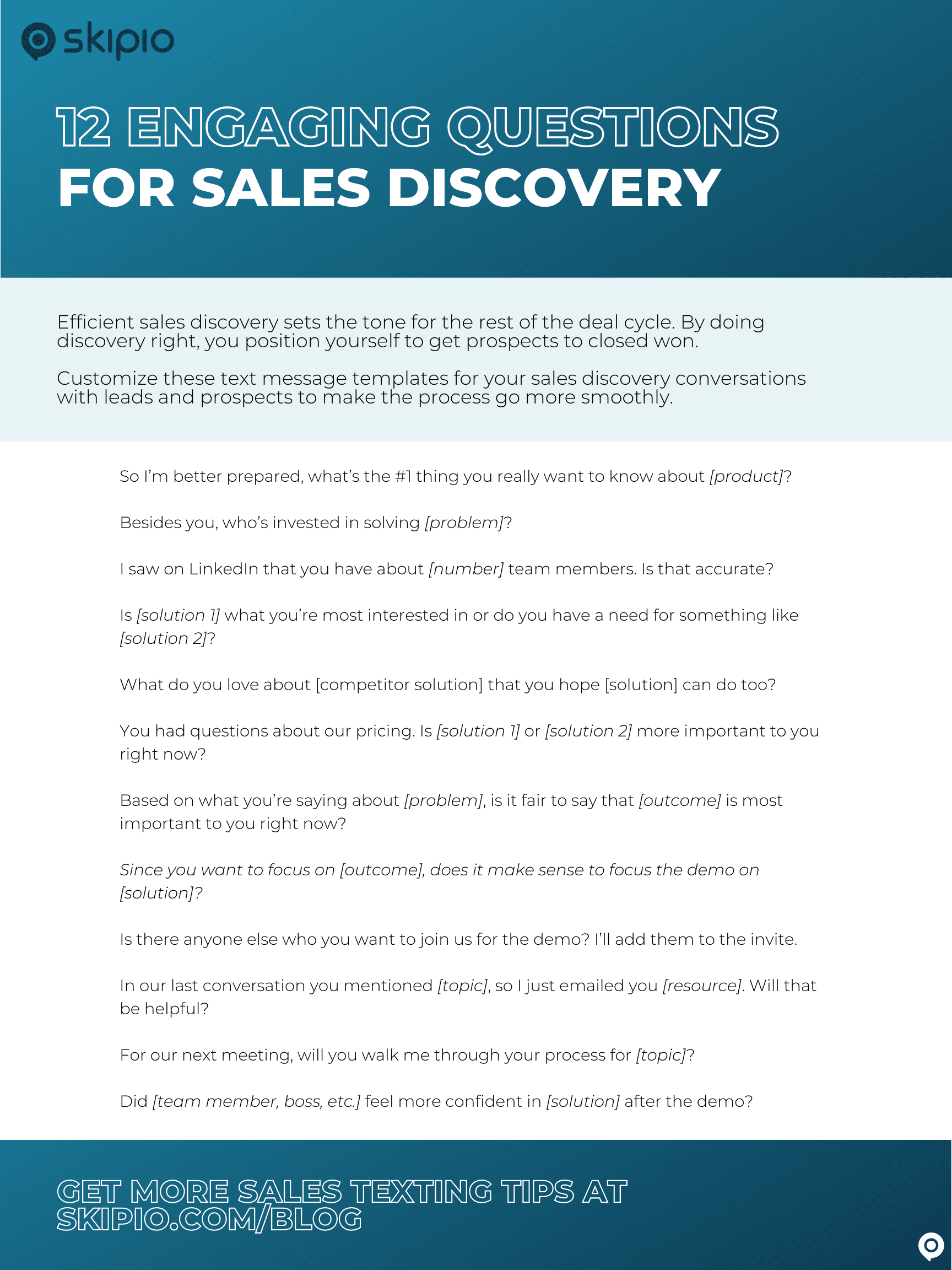
Stay in touch and engage personally (with current and potential customers). Keep customers around (and paying). Generate leads. Find prospects. Make more sales. Grow the business. And save time while doing it all.
All good and important things you probably hope to succeed at. But that’s also quite the to-do list. How do you get it all done? One step at a time. When you hope to improve your business processes, you need to refine individual aspects.
Get a fresh start by evaluating how well you’re doing each of these things to improve your sales process and boost your customer retention.
Utilize different messaging methods
Sometimes a plain text email is all you need. Sometimes a words-only text is all you need. Both get the point across and fast. But neither will always be the best option.
Including images and videos lets you show off your own personality, and the personality of the business. Plus, plain texts aren’t always the best way to share information.
Texting, of course, limits your character count. So if what you have to say can’t be condensed into a single text, design a small graphic, basically a digital flyer, to send along with it. Flyers are great for announcing special promotions or events. Platforms like Canva help even non-designers create simple, effective graphics.
For video, use tools like Vidyard and Quickpage to engage buyers and customers.
And when appropriate, skip texts and email — leave a voicemail. But forget waiting for the phone to ring long enough or being sent to voicemail. Use Ringless Voicemail drops to jump straight to leaving a message that people can listen to when it’s convenient for them.
Prioritize appointment reminders and follow-up
It’s plenty annoying when you’re supposed to meet with someone and they simply don’t show up. It really hurts your momentum.
Forget about no-shows when you use automated confirmations and reminders. Keep track of what is happening when and who is coming by scheduling your appointments, sending confirmation texts, and following up with timely reminders.
Doing this all by text helps you work on the go, but ideally you hit people with these reminders in multiple ways. Combine email, texts, and/or phone calls depending on your customers’ communication preferences.
Use templates
When you don’t know what to say or when to say it, turn to those who do.
Use tried and tested templates that give you a great foundation for customization. By customizing a template, you’re learning how to send the most effective messages. Eventually you’ll be able to come up with great messages and cadences all on your own.
Before using someone else’s outreach sequences or communication strategies, that customization must happen. Again, templates are a foundation. Use them as the basis for your own sales follow-up with prospects and customers.
Here’s an example of a multichannel drip for total cold outreach — thanks to 30 Minutes to President’s Club for sharing this great resource. This drip provides a useful framework for planning outreach to existing leads and prospects. But for the Skipio sales team to use this drip, they’d first plan how to add text messaging.

Reuse messaging that works
Once you try out some templates and figure out what messages get responses and the timing that works best, adapt them! If certain messages or scripts get lots of responses, share them within your team so everyone benefits and tweak them for other communication.
For the best results, create a message library to help you save time that would otherwise be spent retyping the same types of messages. With Skipio’s Message Library, you write a message once and use it forever.
For example, if you have monthly promotions, create one basic text that you can then update with the most current information. Change it enough that it feels new and fresh, but having an outline will make your creative process that much easier.
Segment your contacts for continuous follow-up
By adding customers to designated groups, you can message each of them in an appropriate way.
For example, many Skipio users create groups of contacts at different stages of the lead nurturing process. By regularly updating the groups, they know exactly who to contact when they’re running a reactivation campaign for past customers or reaching out to “dead” leads.
Or if you know certain customers repeatedly make a similar order, put them in a group so you know exactly who to send specialized coupons or promotions to.
And the fact that you “remember” what your customers like helps them feel appreciated. But keep in mind that if the only time you’re reaching out is to ask them to buy something, the good feelings won’t last long.
Planning your process improvements
Remember, you can’t, and shouldn’t, tackle all of these improvements at once. Choose one or two areas to focus on at a time and slowly work to improve your sales process and customer retention strategy. You may have to put in a bit more work at first in order to create a streamlined process, but the investment of time now will go a long way.
This post was originally published November 20, 2018 and was most recently updated October 25, 2022. Major updates included focusing the theme of the post to specific sales processes and shifting sections to include more relevant sales information for the current year and landscape of virtual selling.



